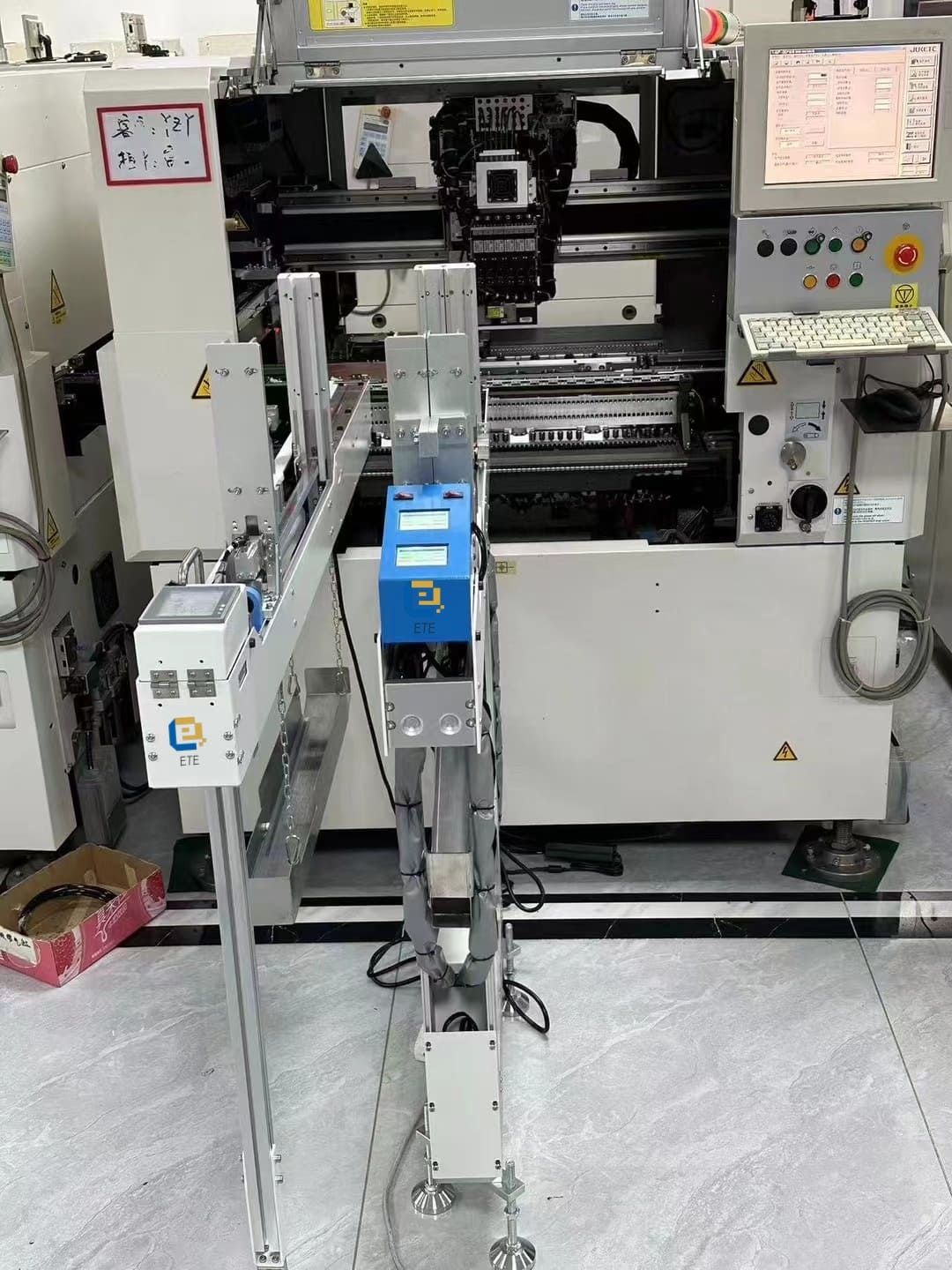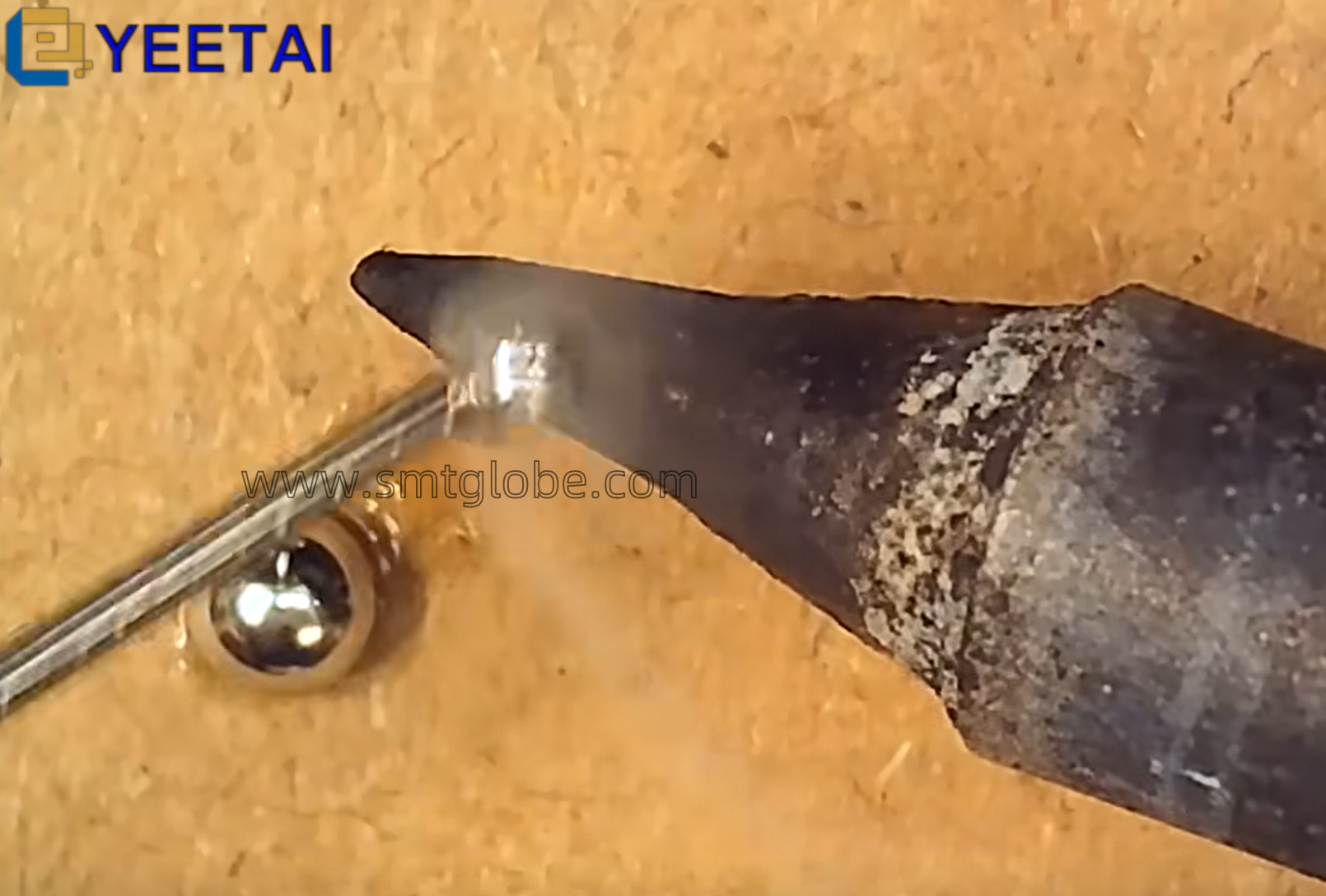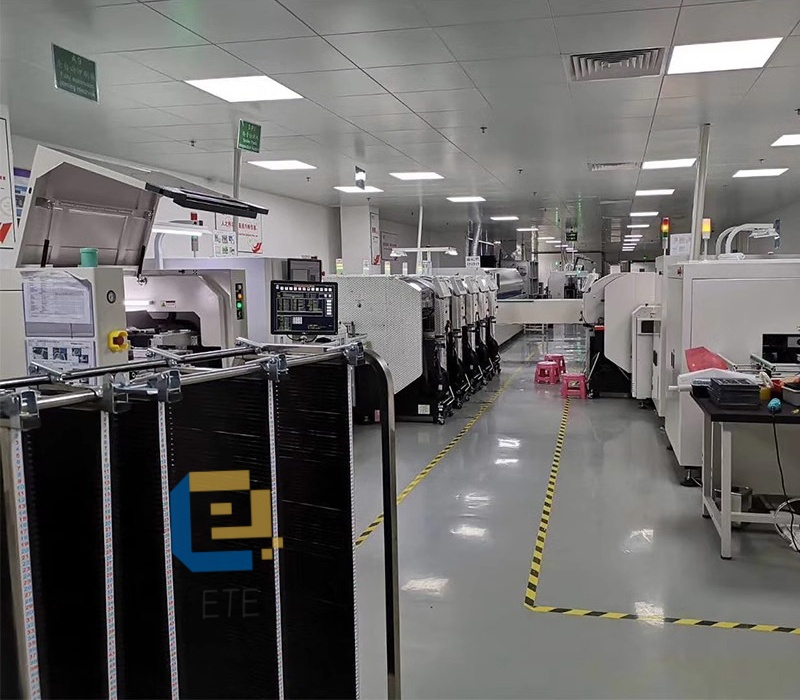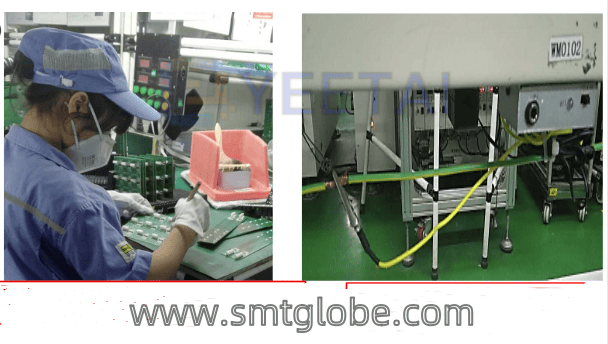In the fast-paced world of manufacturing, efficiency and precision are paramount. Tube feeders have emerged as a vital solution, streamlining the process of material delivery to automated insertion machines. Here, we delve into the structure and benefits of tube feeders and why they are gaining popularity in industries requiring high consistency in component placement.

Composition of Tube Feeders
- Track Assembly
The heart of the tube feeder is its customized feeding chute, tailored to various material specifications. This assembly mainly consists of a bottom track and two side panels, allowing materials to slide in an orderly manner within the tube. - Feed Drag Components
This component facilitates the replacement and removal of tubes, ensuring seamless transitions during operation. - Feeding Mechanism
The tube feeder employs a sophisticated mechanism combining motor-driven springs and photoelectric sensors. This setup enables precise control over the feeding process, allowing for automatic and effective material supply. - Frame Structure
The outer framework includes a control panel, the overall structure of the feeder, and communication components, ensuring robust performance and user-friendly operation.
Advantages of Tube Feeders
- Efficient and Stable Feeding
Tube feeders utilize a combination of motor drive, spring propulsion, and photoelectric sensing, leading to rapid feeding speeds and excellent stability. - Space-Saving Design
Unlike traditional vibratory bowls, tube feeders occupy less space and minimize material deformation. This design reduces the chances of reverse feeding, making it a lightweight alternative ideal for automated insertion processes. - Cost-Effective Material Handling
Compared to packaged materials, tube feeders offer lower material handling costs while also taking up relatively less space. - Ease of Use
The tube feeder is designed for simplicity, making it easy for beginners to operate. This ease of use translates into reduced labor costs and enhanced production efficiency. - Low Maintenance Requirements
With a low failure rate and straightforward maintenance, tube feeders help keep operational costs low, making them a cost-effective solution for manufacturers.
Simplified Material Changeover
When it comes time to switch materials, tube feeders simplify the process. Operators merely need to replace the feeding track corresponding to the new material, adjust the tube’s limiting width, and ensure proper alignment between the tube and track. This efficiency results in minimal downtime during material changes.
Conclusion
In conclusion, tube feeders represent a significant advancement in material handling technology, offering numerous advantages over traditional methods. As industries continue to strive for higher efficiency and reduced costs, tube feeders are becoming an essential tool for modern manufacturing processes.
At YEETAI, we produce all kinds of feeder to upgrade SMT machines.



